National Taiwan University's Risk Society and Policy Research Center (RSPRC) has been monitoring Taiwan's top 10 greenhouse gas-emitting companies since 2017. The center published the first edition of the "Corporate Climate Action Tracker" report in 2019 to identify Taiwan's leading industries and corporations by their greenhouse gas emissions.
Businesses have an increasing responsibility to address global climate change as risks intensify. Extreme weather events, such as droughts, floods, and hurricanes, pose serious threats to global economic and social stability. Companies, as key drivers of economic activity, are responsible for reducing their carbon footprints, improving energy efficiency, and advancing sustainable development.
The Risk Society and Policy Research Center at National Taiwan University has released a report on the third just transition survey, calling for greater attention to two major challenges: net-zero emissions for workers, young people, and disadvantaged groups and the impact of climate change.
The Climate Governance Barometer (CGB) is the survey analysis developed by the Risk Society and Policy Research Center, National Taiwan University (RSPRC) to illustrate public attitudes toward climate issues in Taiwan. There are two principal reasons for the significance of climate change issues to Taiwan. On the one hand, the increasing frequency of extreme climate events like typhoons and droughts, has caused lots of loss and damage, directly impacting citizens’ daily lives and safety. On the other hand, as one of the world’s most important economies, Taiwan faces the potential challenges of meeting international commitments and reducing greenhouse gas (GHG) emissions.
In recent years, the assessment of climate risks has had a profound effect on the sustainability of business operations. To address this challenge, the Financial Stability Board (FSB) established the Task Force on Climate-related Financial Disclosures (TCFD) in 2015, which issued relevant guidelines in 2017. However, as climate risk issues have become more complex, the TCFD announced its dissolution in 2023, transferring its oversight responsibilities to the International Financial Reporting Standards (IFRS) Foundation.
In 2022, the Risk Society and Policy Research Center at National Taiwan University initiated the Corporate Climate-Related Financial Disclosure Survey. With Fubon Financial Holdings' continued sponsorship and support, the scope of the survey was expanded in 2023, and the issue was further explored in 2024. On June 5,...
In the first part of this series, it was mentioned that the measures to reduce carbon emission in the petrochemical industry can be summarized in an acronym SCUR which represents 4 words: Save, Capture, Utilization, and Renewable/Recycle. The first two articles in this series introduce Carbon Capture and Storage (CCS) and energy saving. In this article the Utilization (CCU) part is discussed. The objective is to introduce a variety of ways carbon dioxide could be used to reduce carbon emission.
In 2023, CPC Corporation(中油), Taiwan (hereinafter referred to as CPC) planned to initiate a carbon storage experiment in the Tieh–Chen Mountain(鐵砧山)area of Tunghsiao(通宵)Township, Miaoli County. The experiment represents an important step of Taiwan to realize carbon storage. This article was to explain why CPC selected this site for the carbon storage test, and how CPC plans to address social communication around carbon storage.
During the course of the Russia–Ukraine war, which began in 2022, Russia has bombed Ukraine with missiles, destroying Ukraine's electric power infrastructure and causing widespread blackouts in various regions, affecting winter heating supplies, and possibly causing residents to flee or freeze to death. According to reports from Independent (2022) and BBC (2022), Ukrainian officials described Russia's wartime actions as energy genocide.
At this year's COP28, the Global Stocktake emphasized the need for all countries to triple their installed capacity for renewable energy by 2030. Therefore, Taiwan must adopt more forward-looking strategies and actions to maximize emission reduction efficiencies.
At the Conference of Parties (COP)21 conference in 2015, the Paris Agreement was signed to curb global warming. Its goal was to ensure that the global average temperature does not exceed 2 °C above pre-industrial levels and to strive to limit it to 1.5 °C. However, according to the Provisional State of the Global Climate 2023 released by the World Meteorological Organization, ...
Environmental issues in climate change, depletion of natural resources and energy crisis have posed great challenges on sustaining human beings. Many countries have come to realized that technology alone is not sufficient in dealing with the environmental problems
Over the years, the Risk Society and Policy Research Center, National Taiwan University (hereinafter referred to as RSPRC) has consistently conducted public opinion surveys on climate- and energy-related matters.
As the impacts of climate change continually intensify, company stakeholders and investors have increasingly turned their focus toward the Task Force on Climate-related Financial Disclosures (TCFD). The Risk Society and Policy Research Center (RSPRC) of National Taiwan University has conducted a survey to investigate this crucial issue. On 23 May, 2023, the "TCFD Survey Report: Challenges of Carbon Intensive Industries in Achieving Net-zero Transition" was published.
In a typical petrochemical plant, the majority of carbon dioxide emission is due to burning of hydrocarbon fuels to generate energy. Thus, energy saving is essentially equivalent to carbon reduction. Of course, energy saving has significant economic incentives by itself given that energy cost is usually the second largest operating expense besides feed cost.



.jpg)
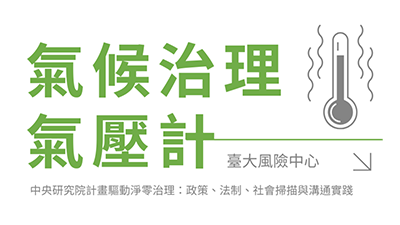

.jpg)

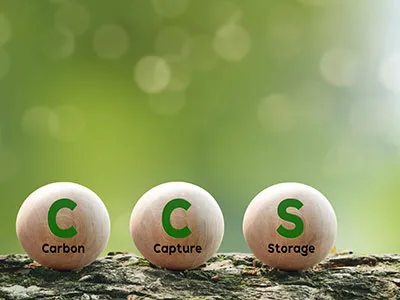

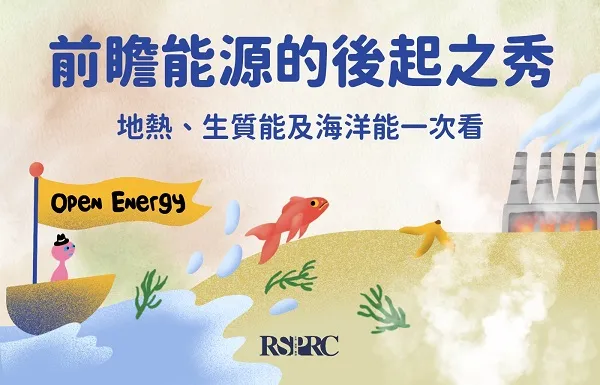

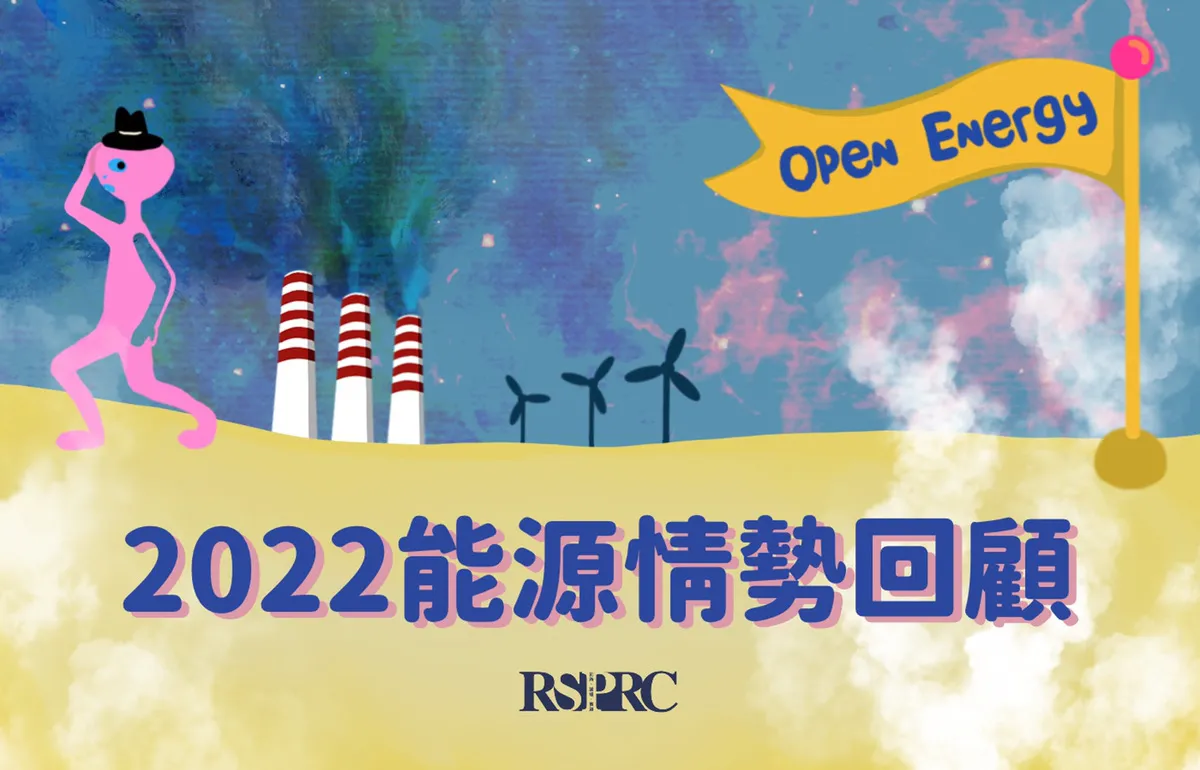
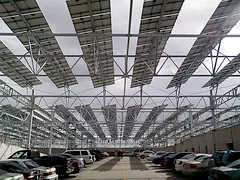
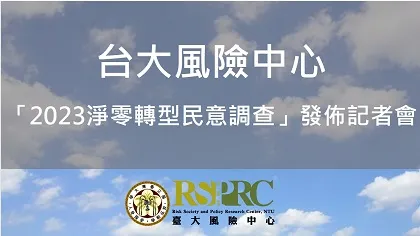
.jpg)